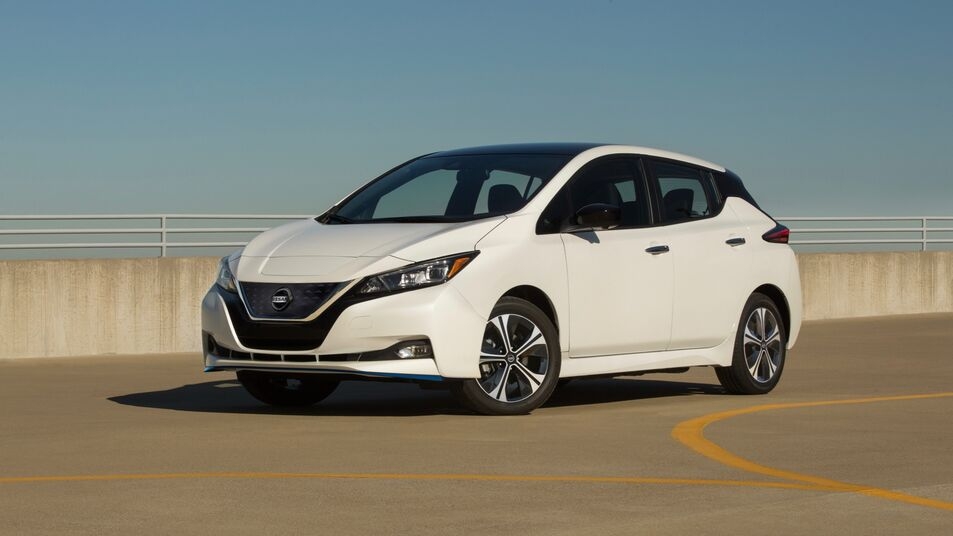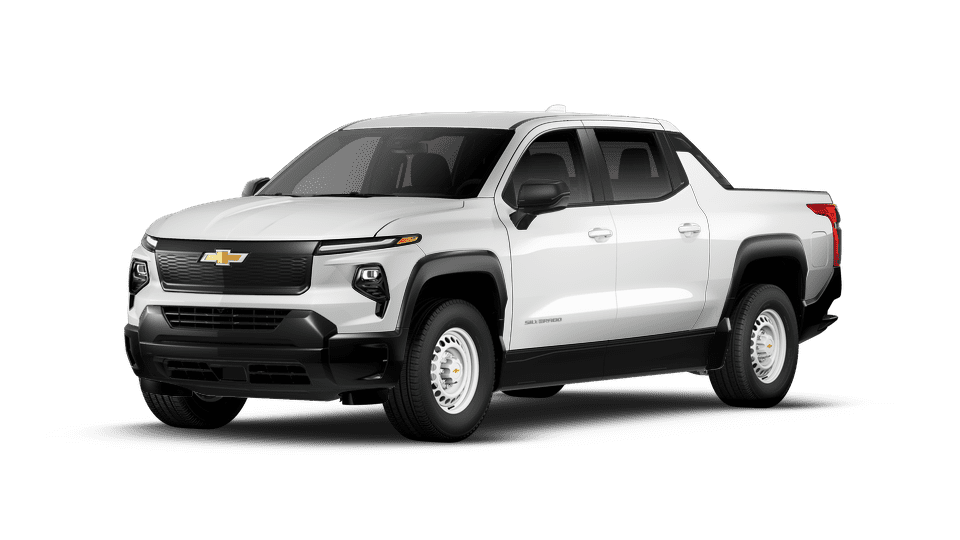Gesture controls, glitchy lane keeping, half-baked automation—these are the worst tech offenders still frustrating drivers in 2026.
Smarter Isn’t Always Better
Car tech in 2026 is evolving fast. We’ve got electric platforms packed with sensors, AI copilots, and giant dash displays that feel lifted from sci-fi. But for all the innovation, there’s still a pile of so-called “smart features” that flat-out don’t work.
If anything, some of the newest tech makes cars harder to drive. What should streamline the driving experience ends up frustrating it. From gesture controls no one asked for to driver assist systems that cause more anxiety than confidence, this is the side of in-car technology no one wants to admit still exists.
We’ve tested it. We’ve lived with it. We’ve talked to buyers who turned it off after a week.
This is your real-world breakdown of car tech that still doesn’t work in 2026—what’s broken, who’s doing it worst, and what needs to change if automakers want drivers to trust the wheel again.
1. Gesture Controls
Still as awkward as ever
SEO: gesture controls 2026, BMW air gesture, worst car tech
BMW’s been at this for a decade. Mercedes joined in. VW even brought hand-swipe detection into its infotainment. And the verdict?
Still useless. Still distracting.
Twirl your finger to raise volume. Swipe left in mid-air to skip a track. Make a cupped motion to answer a call. It sounds cool. Until it doesn’t work. Or worse—activates unintentionally.
In a 2026 BMW iX, we had volume jump from 10 to 40 because a driver adjusted sunglasses too close to the sensor. In the VW ID.7, gesture zones are so finicky that reaching for the touchscreen triggers unwanted swipe commands.
Real problems:
- Doesn’t work in direct sunlight
- Can’t distinguish between gestures and normal hand movement
- Only recognizes the driver’s hand, not passengers
- Frustrates more than it helps
Verdict: Gimmick tech that belongs in a concept car, not production. Kill it off for good.
2. Lane Keep Assist That Fights You
Let go of the wheel—and it’ll still try to wrestle it away
SEO: lane keep assist problems 2026, lane departure assist fails
Lane keeping systems are everywhere in 2026. But many of them are so aggressive, so binary, and so sensitive that they’ve become a liability.
How it fails in the real world:
- You nudge left to avoid a pothole—lane keep yanks you back
- A semi creeps into your lane—you try to create space—system fights you
- On rural or snowy roads with faded markings—it misreads lines or shuts off altogether
Honda Sensing, Nissan ProPILOT Lite, and even the updated Subaru EyeSight all suffer from this in compact or mid-level trims. Some will even ping you visually and audibly after they’ve jerked the wheel.
When does it work?
Only on freshly painted freeway lanes, in ideal light, with two hands on the wheel. Which is 5% of real driving.
Verdict: Great concept. Bad tuning. Most drivers disable it within a week.
3. Touchscreen-Only Climate Controls
“Simple things shouldn’t require three taps and a scroll bar.”
SEO: touchscreen car controls 2026, car UX issues, VW ID series interface
Buttons are dead, and drivers are fed up.
Physical controls have been replaced with glossy panels and touchscreen menus—often requiring multiple layers of interaction to do simple things. Want to defrost your windshield? On most EVs today:
- Tap the screen
- Open climate menu
- Scroll or swipe to find the defrost icon
- Press it
- Wait for confirmation
Do this in gloves. In the rain. On a bumpy road.
Worst offenders:
- VW ID.4 and ID.7
- Tesla Model 3 and Y
- Peugeot e-3008
- Polestar 2
What works?
Hyundai’s latest Ioniq series kept physical toggles for fan speed and temperature. BMW blends touch with quick-access physical toggles. Volvo’s interface groups the top five commands on one layer.
Verdict: If you need to take your eyes off the road to find the defrost, the interface failed.
4. Voice Assistants That Can’t Follow Natural Commands
We’re in the AI age—so why does “play some music and turn the AC on” still confuse cars?
SEO: worst car voice assistant 2026, in-car AI assistant problems
Voice systems are having a moment. Google Gemini and Amazon Alexa Auto are pushing the envelope. But most in-car assistants? Still can’t understand you unless you speak like a robot.
Say:
“Lower the rear passenger temp and play jazz on Spotify”
And most systems either:
- Do one half of the task
- Ask you to repeat it
- Default to “I’m sorry, I didn’t catch that”
Toyota’s Entune system, Ford’s SYNC, and Nissan’s infotainment voice features are all guilty here. Even high-end trims often fall back on canned voice command trees that feel ancient in 2026.
Better examples:
Volvo’s Gemini integration, BMW’s iDrive 9, and Lucid’s DreamDrive UI—all of which allow interruption, mixed commands, and context-aware responses.
Verdict: If your system can’t understand natural speech, it’s not smart—it’s broken.
5. Feature Subscriptions: Paywalls on the Dashboard
When you buy the hardware, you shouldn’t need to rent the software.
SEO: car feature subscriptions 2026, heated seat paywall, Mercedes acceleration fee
Automakers saw Tesla selling software upgrades and ran wild with it.
Today:
- BMW wants monthly fees for heated seats and adaptive suspension
- Mercedes locks higher performance levels behind yearly fees
- Toyota charges for remote start—even though the car supports it natively
- GM is pushing OnStar into more core features—basic nav, emergency alerts, and more
It’s not just frustrating—it’s devaluing vehicles.
Resale impact: If subscriptions are tied to the original owner’s account, features vanish at resale. That means buyers are now asking: “Does this car actually have the tech, or just the potential for it?”
Verdict: Automakers risk long-term brand damage for short-term subscription revenue.
6. Lane Centering That Drifts, Jerks, or Quits
Supposed to keep you steady. Rarely does.
SEO: lane centering accuracy 2026, ADAS feature problems
Lane centering is marketed as a step toward autonomy. In reality, it’s barely capable.
Here’s what happens on most cars:
- Tracks one line instead of both
- Drifts until it finds a boundary, then overcorrects
- Cuts out if road lines are worn, dirty, or curved
- Reacts poorly to mild crosswinds or off-camber pavement
Ford’s BlueCruise and Hyundai’s Highway Driving Assist have made strides. Tesla’s FSD (beta) can hold center better—but only on ideal roads. Toyota, Mazda, and Nissan systems still struggle even on basic highways.
Verdict: Unless tuned precisely, it’s a liability, not a luxury.
7. Adaptive Cruise That Panics in Real Traffic
Smooth until it slams the brakes—or refuses to start again.
SEO: adaptive cruise control issues 2026, ACC stop-and-go problems
On highways, adaptive cruise is one of the best features in modern cars. But in urban traffic? It falls apart fast.
Here’s what we’ve seen in 2026:
- Brakes too hard when a vehicle in another lane turns
- Gets confused by merging traffic and stops when it shouldn’t
- Hesitates to restart even when the road clears
- Misreads shadows, overpasses, and road signs as obstacles
Brands that still struggle:
Toyota, Subaru, early GM trims, and VW’s Travel Assist
Who’s doing it better?
Volvo’s Pilot Assist, Lucid’s DreamDrive, and Rivian’s Driver+ are much smoother in urban chaos.
Verdict: Until it can handle stop-and-go gracefully, it’s not full-assist—it’s a half-measure.
8. Touchpad and Rotary Dials That Waste Time
Spinning a knob isn’t faster—it’s just frustrating.
SEO: rotary dial car control problems, infotainment usability complaints
Mazda, Lexus, and older BMWs still cling to legacy console controls—rotary knobs and touchpads. The idea is that it reduces distraction. But in reality?
It increases friction.
Want to enter a destination using Mazda’s Commander knob? Scroll through letters one-by-one. Hit the wrong one? Backtrack. Confirm. Try again. It’s slower than texting with a flip phone.
In practice:
- Takes longer than a touchscreen
- Easy to mis-click
- Adds unnecessary mental steps while driving
Verdict: Outdated input methods pretending to be premium. Time to retire them.
What We Think
This is the part where most blogs would end with a “technology is complicated” shrug.
Not here.
We’re calling it out: if car tech makes your drive harder, it’s failed. It doesn’t matter how impressive it looks in a press release. If it causes more friction than benefit, it’s not innovation—it’s noise.
We get it—automakers are in a race to future-proof their lineups. But in the rush to pack dashboards with features, many forgot to ask one simple question:
Does this make driving better?
Too often, the answer is no.
From voice assistants that still can’t understand you, to lane keeping systems that try to fight you, to “subscriptions” for hardware you already paid for—car buyers are tired of half-baked promises.
We’ve tested these features in real-world driving. We’ve talked to owners who stopped using them. And we’ve seen how quickly these systems go from wow factor to daily annoyance.
Here’s what needs to change:
- Voice systems need to handle natural language, not command trees
- Driver assist features must help—not scare, fight, or distract
- Touchscreens should never replace buttons for mission-critical tasks
- And no one should pay $15/month to heat a seat that’s already installed
Car tech in 2026 should be like the best co-driver—helpful, responsive, invisible when not needed, and always ready when you are.
That’s the bar. And too many automakers still aren’t clearing it.
For honest reviews, tech that works, and zero fluff—keep reading BidForAutos.com








